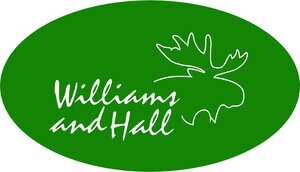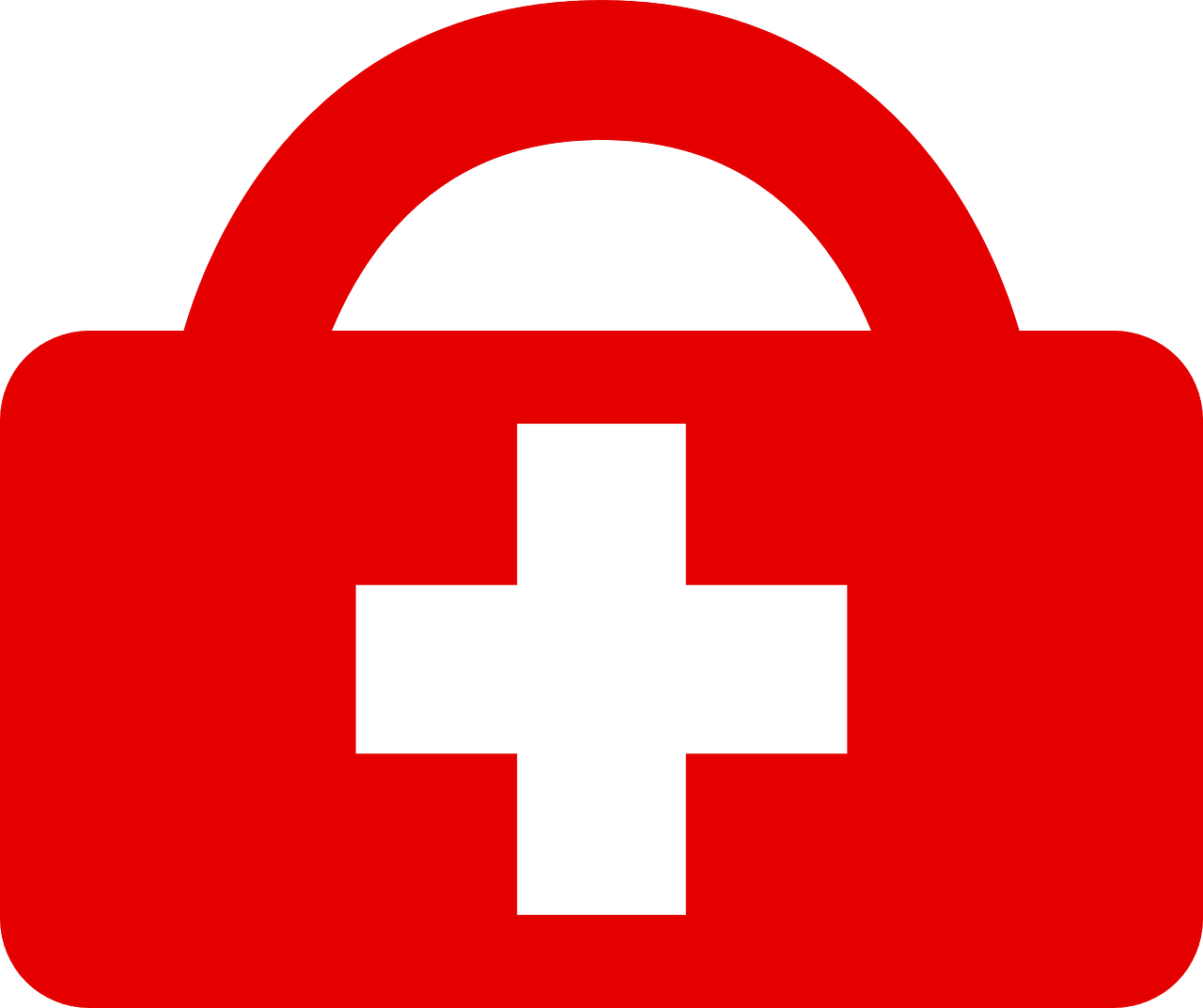BWCA Paddler's Basic First Aid Kit
A BWCA Paddler’s Basic First Aid Kit
If you take a look at the Boundary Waters packing list on our website, you see we list a first aid kit. Makes sense, but what should be in your kit before you leave the dock? Outdoors stores offer several different kits – both basic and sophisticated. So, let’s take a look at what should be in a paddler’s basic first aid kit before heading into the BWCA and Quetico. Of course, you can always supplement this list.
Anticipate Likely Needs
bwca poison ivy
A trip into the canoeing wilderness creates certain risks of injury. Anticipating the types of injuries most likely to occur on your canoe trip will help you decide what to have in your first aid kit. The more likely types of injuries include:
Illness, including giardia-linked illness
Insect bites and stings (think mosquitos, black flies, etc.)
Poison ivy and other noxious plants
Blisters
Sprained joints and broken limbs
Hypothermia
First Aid Remedies
bwca first aid kit
Now let’s look at the proper first aid items for each of these risks.
Medications
Pain relievers such as Tylenol, Aleve and Advil
Anti-diarrheal relief like Imodium
Antihistamine such as Benadryl
Wounds and Injuries
Antibiotic ointment such as Neosporin
Band-Aids of all sizes
Gauze pads or rolls of gauze
Skin closure material such as Steri-strips.
Tape such as Leukotape
Moleskin for blisters and chaffing
Balm for lips and cracked hands and toes
Tools
Precision tweezers
Scissors
Disposable gloves
Hand sanitizer
Magnifying eyeglasses
Knowledge and Improvisation
Just having a basic first aid kit is not enough. You have to know how to use it. If you are travelling as a group, at least two people should be trained in first aid (in case one of the trained people is injured). There are many places to learn basics of first aid. One great resource is a Scouting First Aid Merit Badge book. Of course, online research is another alternative. Local basic first aid courses are also usually available.First aid is a life-long skill that is worth the investment of time to learn. In addition, having knowledge of first aid will allow you to improvise if the remedy you need is not in your basic first aid kit. For instance, making a splint from a tent pole.
Enjoying Wilderness Paddling
Most BWCA wilderness canoe trips are completed without needing to open your first aid kit. Or, at worst, needing a bandage for a minor cut. Yet, being prepared will bring peace of mind knowing that should a more serious situation arise, you will be ready. And that peace of mind brings more enjoyment to your paddling experience.
P.S. – Williams and Hall Outfitters is a customer of Bending Branches. Check out this link to another article about paddling first aid kits here.
Paddle On. Be Free.
Kevin



